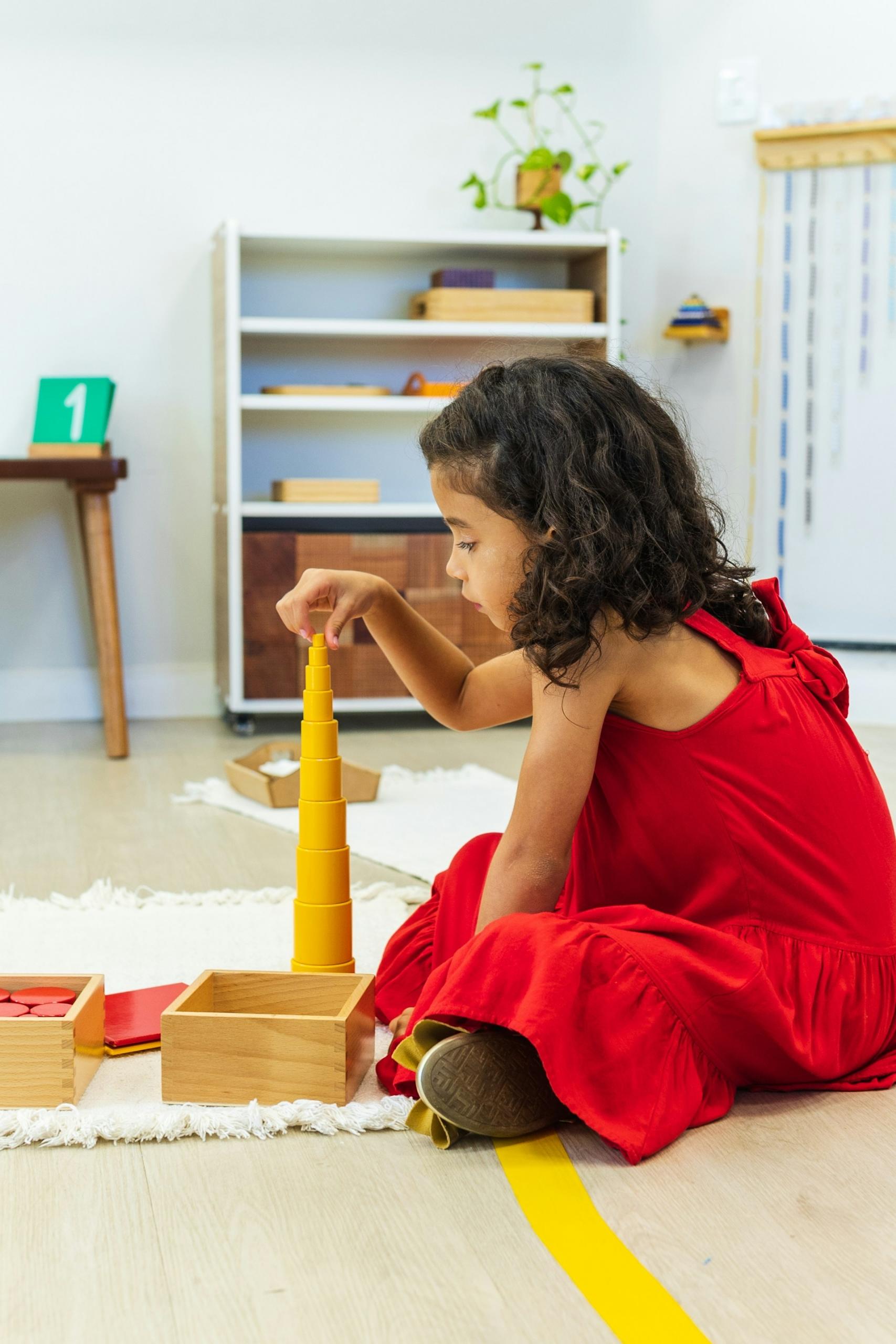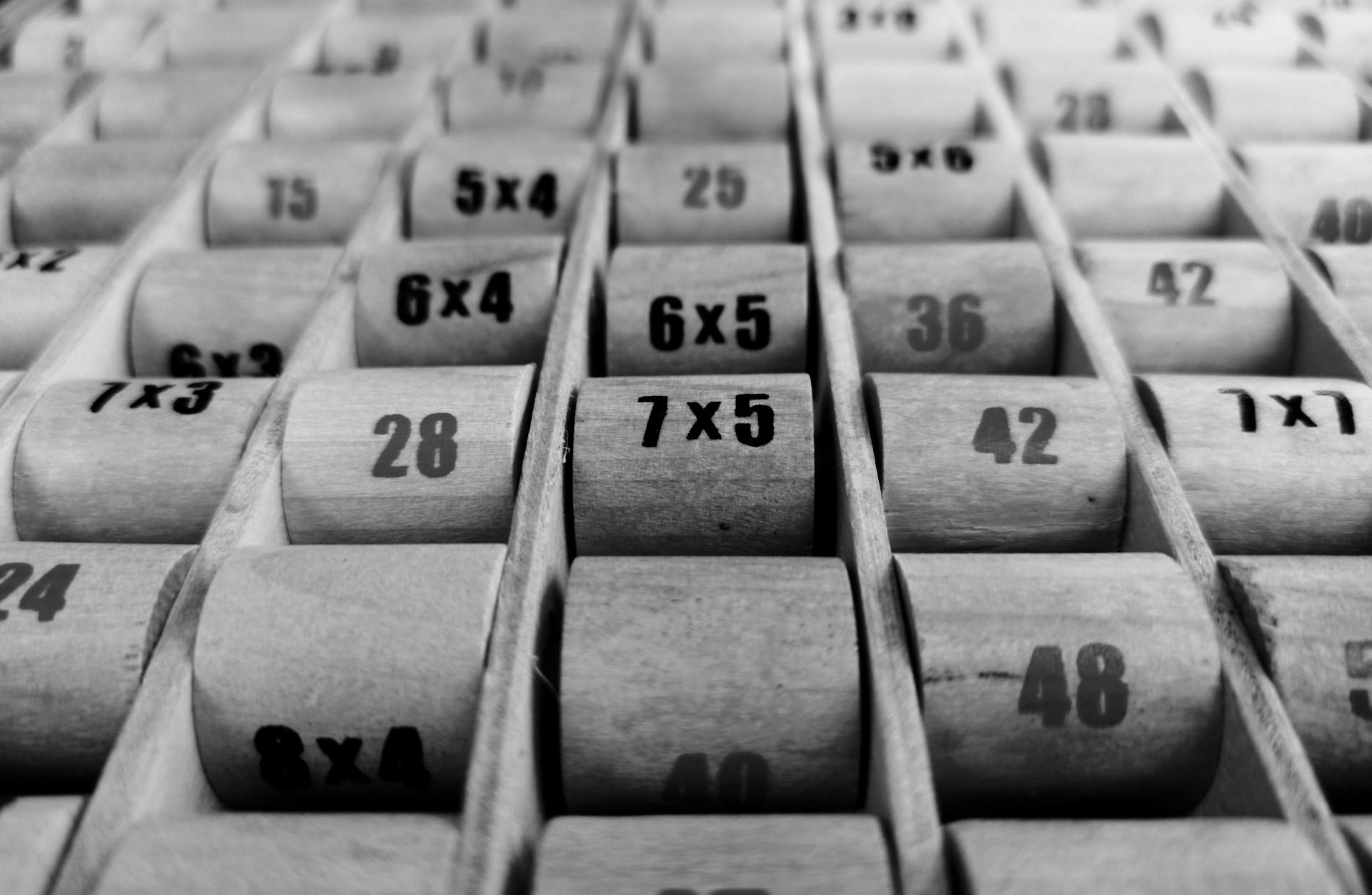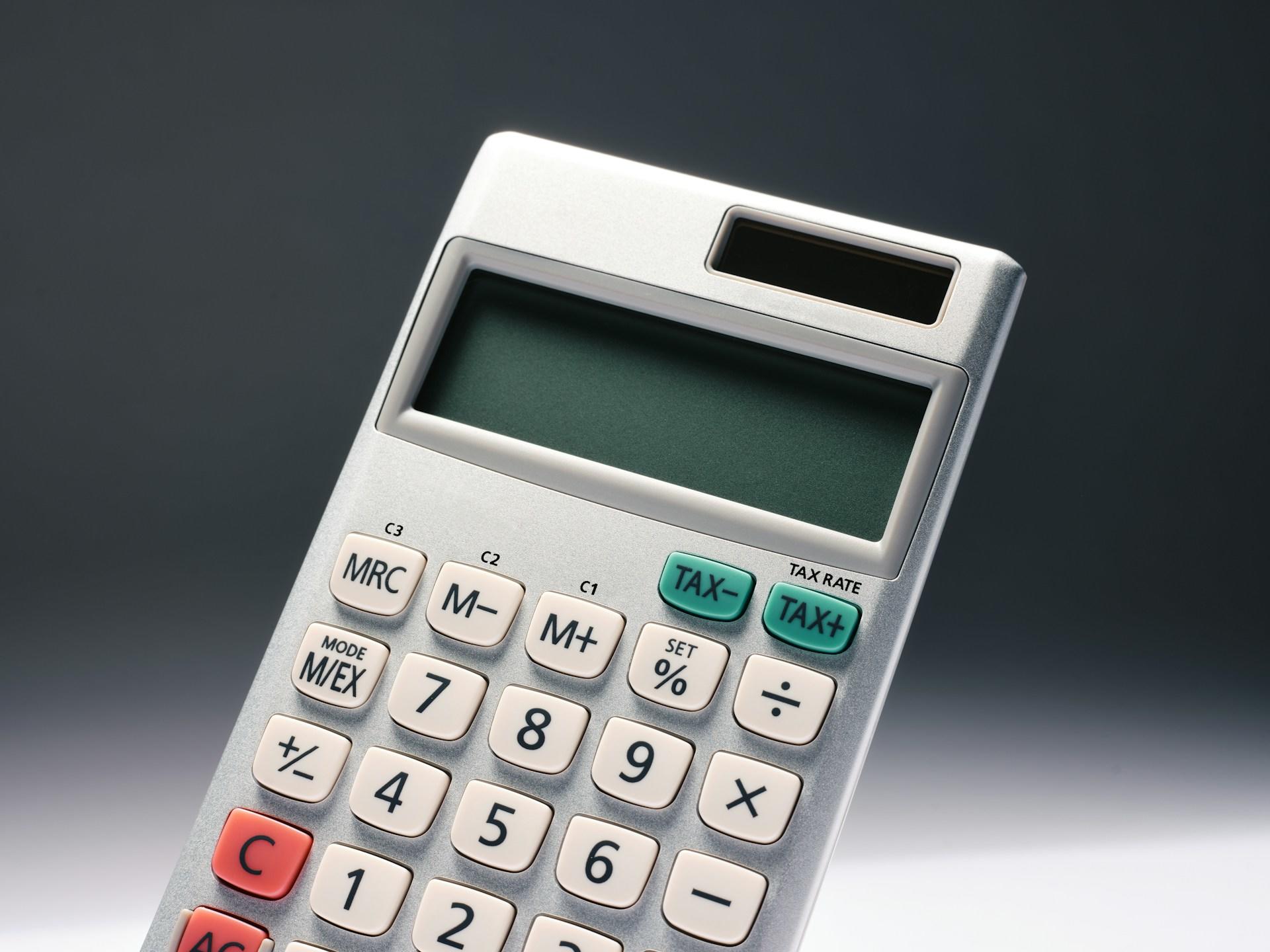The image above, of a calculator, shows an obsolete maths tool. It's not a relic of the past just because we have phones and computers with calculators built-in. It's a museum piece because bar model problem-solving reduces the need for machine calculations.
The Singapore Maths method is revolutionising our approach to mathematics. It teaches students problem-solving techniques, one of which is bar modelling. In a related article, you'll read what bar modelling is, and how it fits within the Singapore Maths framework. Here, you see how to use the bar model to solve specific types of maths problems.
Discover a Bar Model Example for:
- basic arithmetic - addition, subtraction, multiplication, and division
- solving fractions
- calculating percentages
- solving word problems

The Addition Bar Model

The key to proper bar modelling is to model all the information the maths problem gives you. Maths problems give you some values, and you must find the unknown amounts. For an addition problem, such might look like this: '4 + 9 = ?'.
Numbers sense tells us that nine is more than twice the value of four. A bit more than two-thirds represents nine, and the remaining part is four.
When drawing this problem's bar model, its total length represents the unknown value (?).
Bar models are not calculation tools. They help students organise information and see what they must do to solve the problem.
Such an equation is too simple, even for Early Years Foundation Stage (EYFS) maths. At that level - and, especially in Key Stage (KS) 1, learners already solve word problems. So, let's repeat our equation, this time as a word problem.
Sally and Joanne are picking flowers in a field. Sally picks four flowers, and Joanne picks nine flowers. How many flowers did both girls pick?
- Step 1: highlight important information (as above)
- Step 2: model the information: Sally - 🌼🌼🌼🌼 Joanne - 🌼🌼🌼🌼🌼🌼🌼🌼🌼
- Step 3: count all the flowers.
- Step 4: say the result, and then, write it.
Bar model addition helps our youngest students 'see' their maths, and understand how it works. This visual representation lays the foundation for them to build all future skills on.
Naturally, these young students wouldn't start with bar modelling. The Singapore Method CPA approach (Concrete, Pictorial, Abstract), first calls for students to use objects to represent equations. They might use wooden blocks with flowers on them, or pencils, if no blocks are available.
Bar Model Subtraction
We're still working with Joanne and Sally's flowers. A subtraction equation calls for us to reduce the number of flowers, rather than increase them. We must reword our formula to reflect the change in operation.
Sally and Joanne picked 15 flowers. Sally picked four flowers. How many flowers did Joanne pick?
Following the steps above, we highlight information, and model what we know. Thanks to the conjunction 'and', we know we have a total of 15 flowers. We can strike away Sally's - the other piece of information we know.
Now, the model looks like this: 🌼🌼🌼🌼🌼🌼🌼🌼🌼🌼🌼🌼🌼🌼🌼
The learner will count the flowers not struck through to find the number of flowers Joanne picked. Students should count out loud, and then speak and write their answer.

Multiplication Problem-Solving Using Bar Model
You might argue that a row of flowers looks nothing like a bar, and you'd be right. Still, at the lowest class levels, that's how modelling begins. Over the school year, those students will advance to more abstract representations. For instance, they might draw circles to represent quantities, and later, graduate to rectangles.
Over time, KS1 students will draw rectangles to represent Sally and Joanne. They will write numbers, rather than drawing shapes in each box. Thus, their journey into abstract maths representation begins.
By the time learners start on multiplication, they are comfortable with problem-solving using bar model. This familiarity makes it easy for them to embrace multiplication and division operations.
Jack buys three boxes of sweets. Each box contains six sweets. How many sweets did Jack buy?
To model this problem, we start by highlighting known quantities, as above. Next, we model our information.
- Draw large rectangle to represent the total number of sweets (the unknown value).
- Draw two vertical dividing lines, to represent three boxes. (make sure the boxes are the same size)
- Write the number 'six' into each of the boxes.
With the equation made visual, the student can either add the sixes, or count the number of sweets in each box. Either way, they arrive at the total number of sweets.
Solving Division Problems Using Bar Modelling
To demonstrate division, we pose a more challenging word problem, one a secondary school student might struggle with.
Five friends order the daily special (drink included) at the pub. The total cost for the table is £127. How much will each friend pay?
Now completely used to bar modelling, we draw our large rectangle, whose value is £127. Within the large rectangle, we draw four vertical lines, to create five equal, smaller rectangles. One rectangle represents one friend's meal. This visual leads us to the equation: "127 ÷ 5= ?".
Also called maths fluency, it's the ability to manipulate numbers in one's head, using the most efficient problem-solving strategies.
A learner with excellent numbers fluency will reason that 5 x 25 = 125. Now, they only need to account for the last two pounds (127 - 125 = 2). Here again, a quick bit of mental maths gives us .40 (2,00 ÷ 5 = .40). The final result: each friend will pay £25,40 for their meal and drink.
This video demonstrates mental maths - maths fluency, in action.
@howie_hua Want to build number sense? Consider number strings! #math #mathematics #mathtok #maths #teachersoftiktok #teacher ♬ original sound - Howie Hua
How To Teach Fractions Using Bar Models
Students dread solving fraction equations, but fraction bar models makes solving them a breeze. complete maths tutor can also provide additional guidance. That's because modelling fraction problems delivers a solution that's plain to see. Let's use this word problem for our example.
Marcus and Harvey each ordered a medium pizza. Harvey at 5/8 of his, but Marcus ate 2/3. Who ate more?
- Draw one bar with 8 blocks; label it Harvey. Colour in five blocks.
- Draw a second bar of the same length, with 3 blocks; label it Marcus. Colour in two blocks.
- The bar that shows the most colour represents the person who ate the most pizza.
This visual guide shows us that Marcus ate slightly more pizza. As long as pupils only need to answer who ate more, that is all the work they should do.
Bar model fractions are one of this technique's best uses. However, Singapore maths is a complete method for students to build a relationship with mathematics. Fraction bar models are just a part of this total maths learning concept.
Bar Models for Percentages, Ratios, and Proportions
Using bar models to solve percentages is one of this maths strategy's most efficient uses. Pupils only need to remember factoring. The bars' parts must divide evenly into 100, as well as the percentage number:
- A bar with four parts can represent 25%, 50%, or 75%.
- A bar with 10 parts can represent 10%, 20%, 30%, and so on, to 100%.
Let's say we need to know how much 30% of 520 is. We draw a bar to represent 520, and divide it into 10 segments. Now, we must calculate the value of one segment: 520 ÷ 10 = 52. We need to know how much three segments represent, so: 52 x 3 = 156.
Solving Word Problems with Bar Model
We end with a word problem more complex than those above. In fact, this type of problem stymies even the most maths fluent pupils.
A jar contains 301 marbles, which are all either red, green, or blue. We find twice as many blue marbles as green ones, and twice as many red marbles as blue ones. How many marbles are red?
The bar model for this problem looks different than the ones we outlined so far. It has three bars - one for each colour, not one bar divided into three parts (to represent the colours).
- The first bar is a single rectangle, to represent green marbles.
- The second bar shows two rectangles, as we have twice as many blue marbles as green ones.
- The third bar contains four rectangles, because we have twice as many red marbles as blue ones (four times as many as yellow).
- Our model presents us with seven rectangles.
- The total number of marbles is 301.
This three-tier bar model allows us to calculate the value of each rectangle. That's easy to do, since we know the number of rectangles and the total number of marbles.
The equation 301 ÷ 7 = ? tells us how many green marbles we have, and also tells us the value of each rectangle (43). We must multiply 43 by two to get the number of blue marbles (86). Next, we multiply 43 by four to find the number of red marbles (172). Finally, we check our work: 172 + 86 + 43 = 301.
This brief overview of Singapore Maths bar modelling shows us that maths can be relatable, rather than abstract. We only need to focus on the information each maths problem gives us to calculate unknown values. Modelling that information this way makes this task easy.















